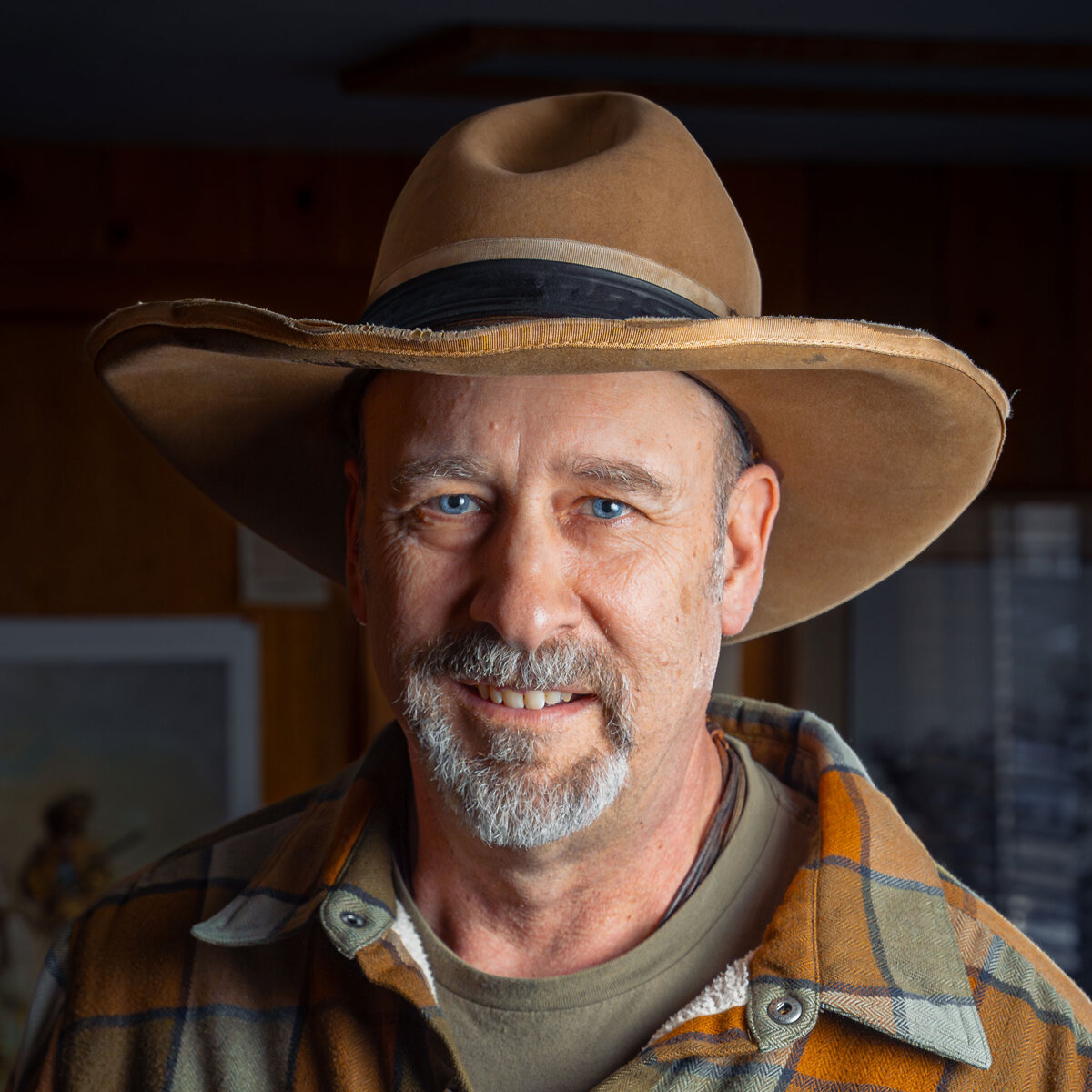Weather impedes prescribed burning
Last updated 6/30/2009 at Noon
A late start and a wet spring threw a monkey wrench into the Forest Service's prescribed burning program this season.
The Sisters Ranger District hoped to treat 800-1,000 acres with underburning this season. They fell short of the goal, burning only 500 acres before lightning storms and warmer, drier weather shut the program down.
"It was a challenging spring season, absolutely," said Jinny Pitman, Sisters Ranger District fire specialist. "The rain was good, though. We did have some trouble with winds."
Pitman said that wind forecasts from the National Weather Service proved inaccurate on several occasions. Wind either blew from the wrong direction or failed to dissipate smoke, inundating Sisters and surrounding residential areas with layers of smoke.
The season got off to a late start because the Forest Service felt the need to do some community outreach in the wake of the Wizard Fire of last September, where a prescribed burn escaped control boundaries during the post-fire patrol phase. That fire burned up Green Ridge in the Camp Sherman area and cost $4 million to suppress.
"We missed some burn days in March and April because we wanted to put out some feelers," Pitman explained. "We didn't want to just act like it didn't happen."
The season opened with favorable weather, then a series of rainy days set in, impeding burns.
"Our burn season was over May 29 when we had the Geneva fire," Pitman said. "That's when I said, 'OK, I'm pulling the plug.'"
Still, Pitman is not dissatisfied. "I consider any underburning a success," she said.
Pitman explained that the primary aim of underburning is to improve forest health, reintroducing a natural element that has been kept out of the forest for the better part of a century. The forest relies on the nutrients generated by periodic fire for natural, healthy regeneration.
Burning also reduces fuel that could feed wildfire, reducing the intensity of forest fire.
Pitman said the district has plans for about 2,500 acres of underburning in the fall. She acknowledged that the fall season burning may raise more public concern because that's when the Wizard Fire occurred. However, she insists that fall burning is no more risky than spring burning.
"Actually, you can burn any time of the year," she said. "It's all about your fuel moistures.
"We've pulled off fall burns for years and haven't had escapes," Pitman said, noting that the Wizard Fire happened because of communication problems during the patrol phase, not because of problems during the burn itself.
"Some of our escapes have been in the spring," she said. "Just because it's the fall doesn't mean it's more dangerous. It's a risky business, prescribed burning is. We just have to be more diligent in monitoring our prescribed burns."
Pitman says that the Sisters Ranger District has tightened and backed up procedures to ensure that communication is clear on patrol assignments to prevent a repeat of last fall's costly mistake.
"I think a lot of people learned some valuable lessons from the Wizard Fire," she said.


















Reader Comments(0)